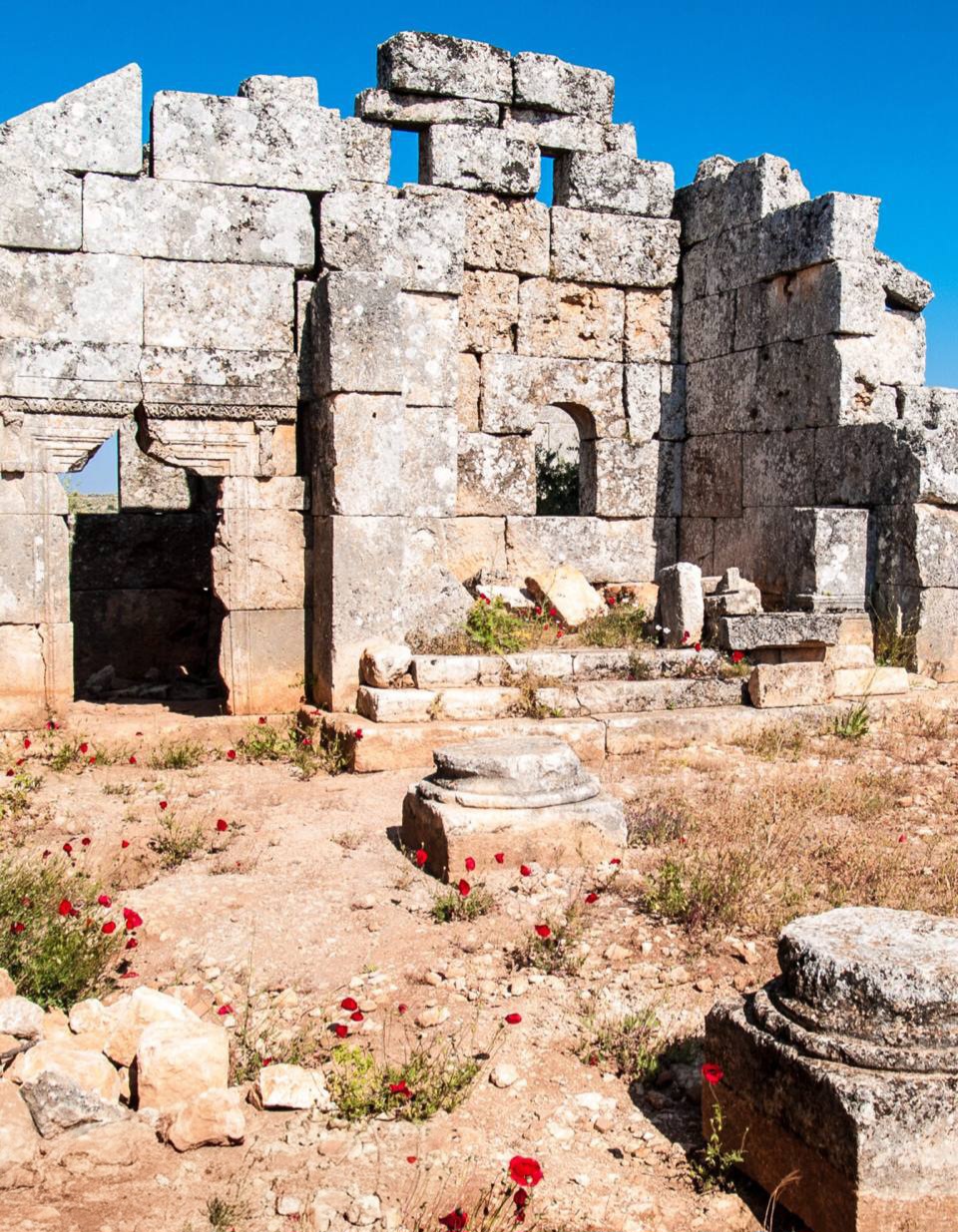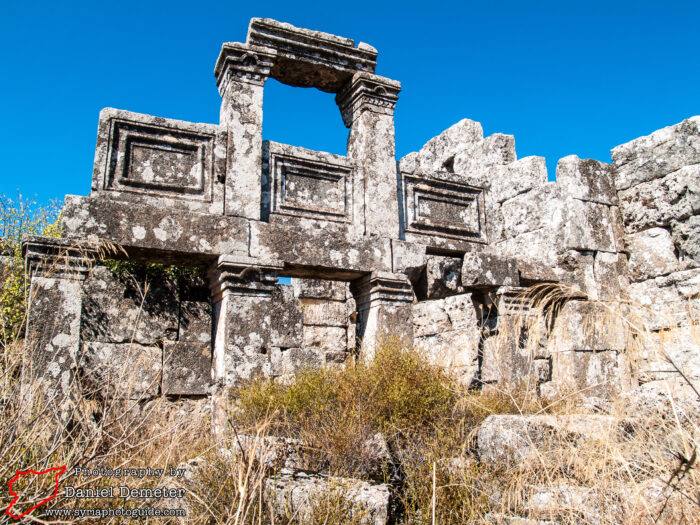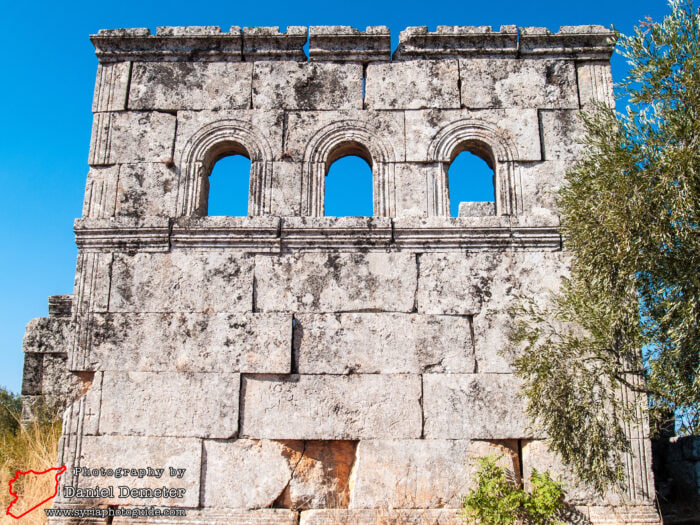The first century AD and reaching its peak during the Byzantine era in the fifth and sixth centuries.
The site is located on a low hill, surrounded by stone ditches designed to protect it from the floods of the al-Roj Plain, indicating early engineering ingenuity in dealing with the natural environment.
Among the most notable discoveries at Dahis are:
The foundations of an early fortress, 60 meters long, containing a perforated cornerstone used to secure a massive wooden gate, demonstrating the defensive nature of the area in its early stages.
Clay seals bearing the name of the god Rashf reveal Dahis’s connection to an extensive trade network that extended as far as the city of Ugarit.
In the Byzantine period, features of an integrated rural community emerged, including:
Vaulted dwellings.
A stone mill for extracting olive oil.
This indicates Dahis’s role as an active agricultural center, in addition to its religious significance, which was reinforced by churches and other spiritual buildings.
By the seventh century AD, Dahis began to gradually decline due to climate changes and shifts in trade routes, until it was completely neglected.
Despite the disappearance of its landmarks above ground, it remains one of the most prominent sites known as the Dead Cities in Syria.
Today, only the old ditches and some foundations remain of Dahis, while its stones have been reused in modern buildings, allowing its architectural memory to remain present in the silence of the stones.











